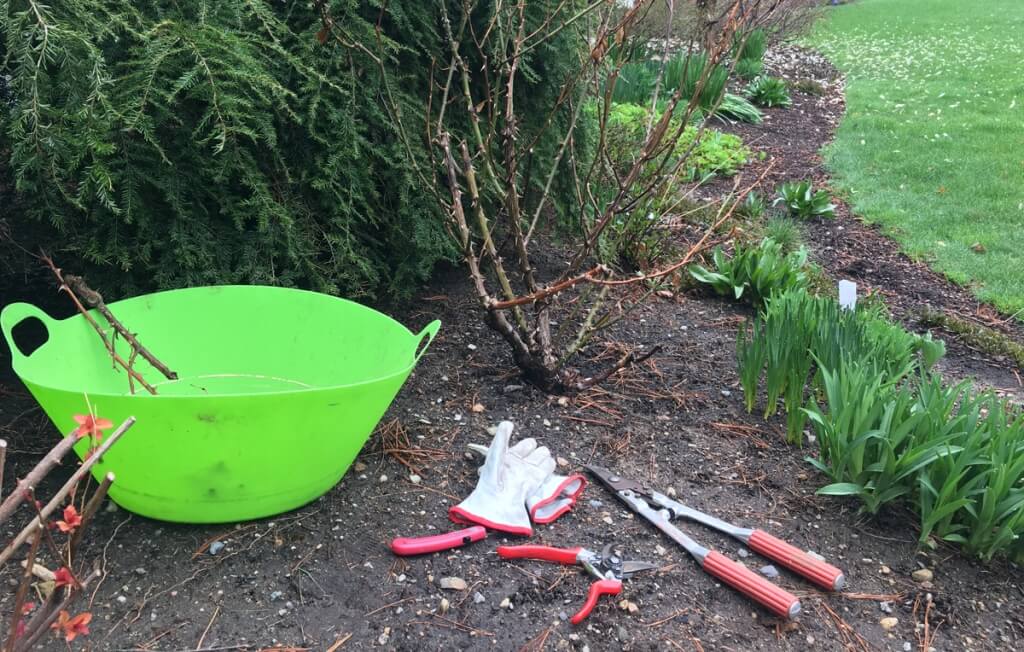Many gardeners find roses intimidating. Roses are a popular choice for gardeners due to their endless variety. There is a lot of literature available that provides detailed information about how to grow and care these beautiful flowers.
Roses can withstand good pruning and are more resilient than other plants. There are many rose varieties to choose from, with each one blooming in a different way.
- Floribunda: The best flowers on new wood
- Grandiflora is a new wood-based flower that only blooms in the spring
- Hybrid tea – Only bloom on new wood
- Modern Shrub Rose – Repeat bloomers throughout the growing season
- Climbers – not all climbers can be repeat bloomers
Ramblers only bloom once per year
Why bother pruning?
Pruning is essential for the health of your plants. Pruning protects against diseases and encourages roses to continue blooming. Pruning also shapes the plant and opens it up to allow for healthier, more productive growth. Improved air circulation in the center of the plant can dry out the leaves and prevent foliar diseases. Good circulation also helps to prevent fungal diseases like black spot or mildews that are more common in plants with dense growth.
Rosebushes that aren’t pruned will usually produce rose hips. These seeds will drain the plant of energy and stop it from producing as many buds. You should find small, berry-sized seed balls on the tips of rose stems if you let the blooms die. Rose hips can be ornamental and look like small crabapples. Rose hips are a favorite of gardeners. They make excellent jellies, sauces syrups, soups, seasonings, and birds love them.
There are four types of pruning.
Spring Structural Pruning: This is done to shape the plant after the threat of frost has passed. It removes deadwood, cross-cutting wood and any other damage that was not managed in the fall. New Englanders like to prune forsythia when they are fully bloomed. However, it is important to monitor the weather and be prepared in case of a cold snap. It’s better to prune late than too soon and risk unnecessary dieback.
Summer Pruning: Cut lower than the first leaflet in order to control growth and shape. This is particularly useful for climbers and shrub roses. You can deadhead and shape from June to September.
Deadheading is a good option for both single-bloomers and multi-blooming roses. If you have single bloomers, you can leave the blossoms uncut to encourage rose hips and give them fall color. Deadheading is done at the first set of five leaflets that are on the stem. This is usually the second or third set of leaves that are below the stem.
Shoot pruning – if the shoot is coming from above or below the graft, you can cut it down to make the rose shape more consistent with the rest. You should remove all shoots that are coming from below the graft, bud-union or rootstock.

